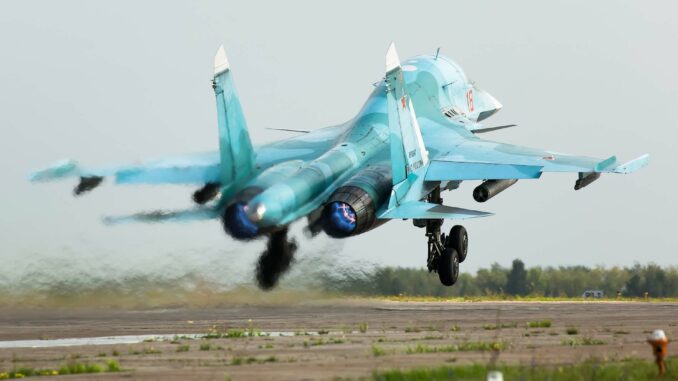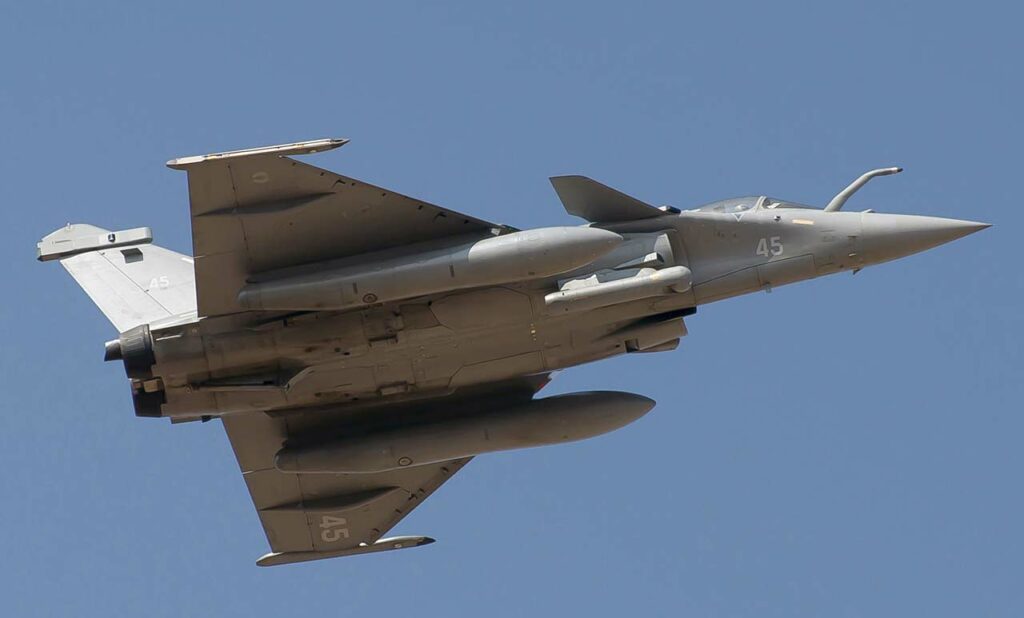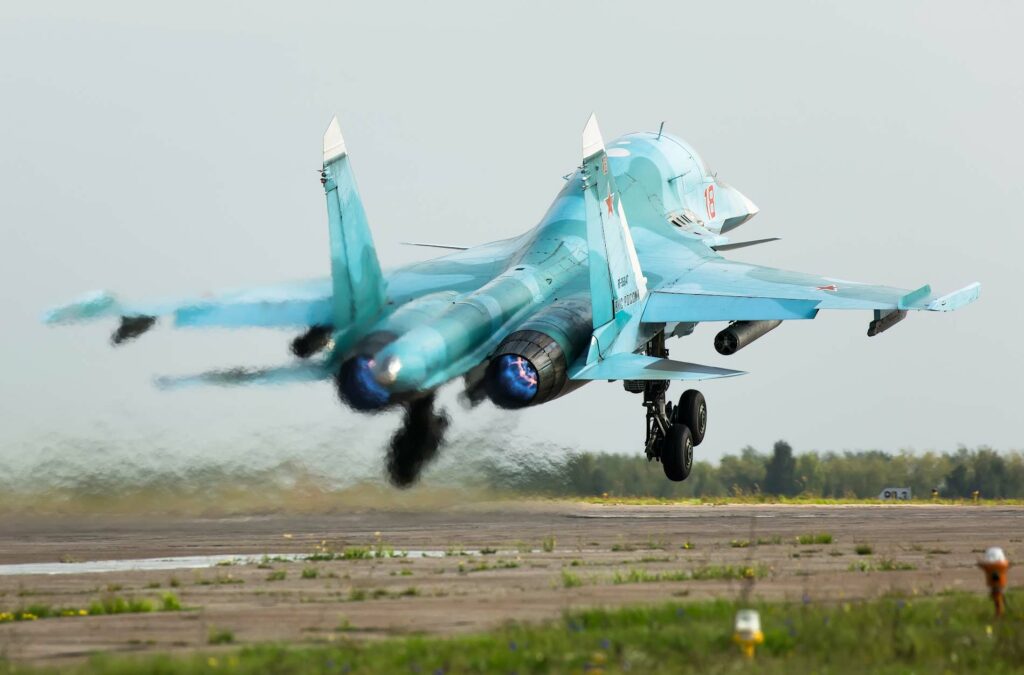
The use of a fighter jet to deliver a nuclear bomb, rather than a strategic bomber, depends on a number of tactical and strategic factors. Although bombers are traditionally associated with the ability to deliver nuclear weapons, fighter jets offer unique advantages in certain scenarios.

The use of fighter jets to deliver nuclear bombs
Agility and Speed of Intervention: Fighter jets are generally more agile and faster than heavy bombers. In conflict situations, where speed of response can be crucial, a fighter can reach its target more quickly, which is essential for a pre-emptive or reactive strike in response to an imminent threat.
Survivability: Modern fighter aircraft, especially those equipped with stealth technology, have a better chance of avoiding enemy detection and anti-aircraft defenses. Their smaller radar footprint and ability to fly at low altitude increase their chances of survival in a hostile environment.
Operational flexibility: Fighter aircraft can be deployed from airbases closer to the theater of operations. They are also capable of carrying out a variety of missions, including air superiority, reconnaissance and ground attack, offering significant operational flexibility.
Deterrence and Strategic Signaling: In the context of nuclear deterrence, the ability of a fighter aircraft to carry nuclear weapons sends a strong strategic message. The deployment of nuclear fighters can be used as a means of strategic signalling to deter an adversary from escalating a conflict.
Controlled escalation options: Fighters armed with tactical nuclear bombs offer controlled escalation options. Unlike strategic bombers, which are often seen as instruments of massive strikes, fighter jets can be used for limited nuclear strikes, offering a wider range of strategic options.
Cost and availability: Fighter aircraft are generally less expensive and more numerous than strategic bombers. Their availability and lower operational cost make them more accessible for missions involving tactical nuclear weapons.
While strategic bombers remain a key component of the nuclear arsenal for large-scale, long-range strikes, fighter jets offer a flexible alternative for rapid, discreet and tactically limited nuclear strikes.

Nuclear bomb delivery fighters
Fighter jets designed to deliver nuclear warheads are often versatile platforms capable of carrying out both conventional and nuclear missions. Here is a list of some of these aircraft:
Lockheed Martin F-35 Lightning II (USA): Although primarily a multi-role fighter, some variants of the F-35 are designed to be capable of carrying out nuclear strikes.
Dassault Mirage 2000N/2000D (France): The Mirage 2000N is specifically designed for nuclear missions, while the 2000D can also be adapted for such missions.
Panavia Tornado (Multinational – Germany, Italy, UK): The Tornado, particularly in its IDS (Interdictor/Strike) version, is capable of carrying out missions with nuclear weapons.
Sukhoi Su-34 (Russia): This Russian fighter is capable of tactical nuclear strikes.
Eurofighter Typhoon (Multinational – Germany, Italy, Spain, UK): Some user countries have adapted the Typhoon for nuclear roles.
Dassault Rafale (France): The Rafale is capable of carrying out nuclear deterrence missions with ASMP-A missiles.
General Dynamics F-16 Fighting Falcon (USA): Some F-16s have been modified to carry tactical nuclear weapons, notably within the NATO framework.
These aircraft reflect the trend to develop multi-role platforms capable of adapting to a wide range of operational scenarios, including the deployment of nuclear weapons.
War Wings Daily is an independant magazine.
